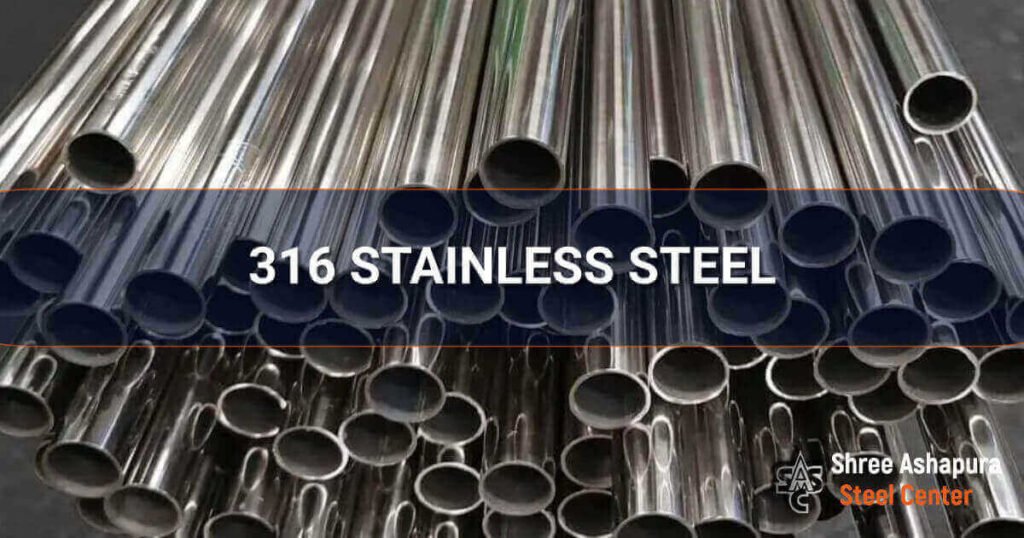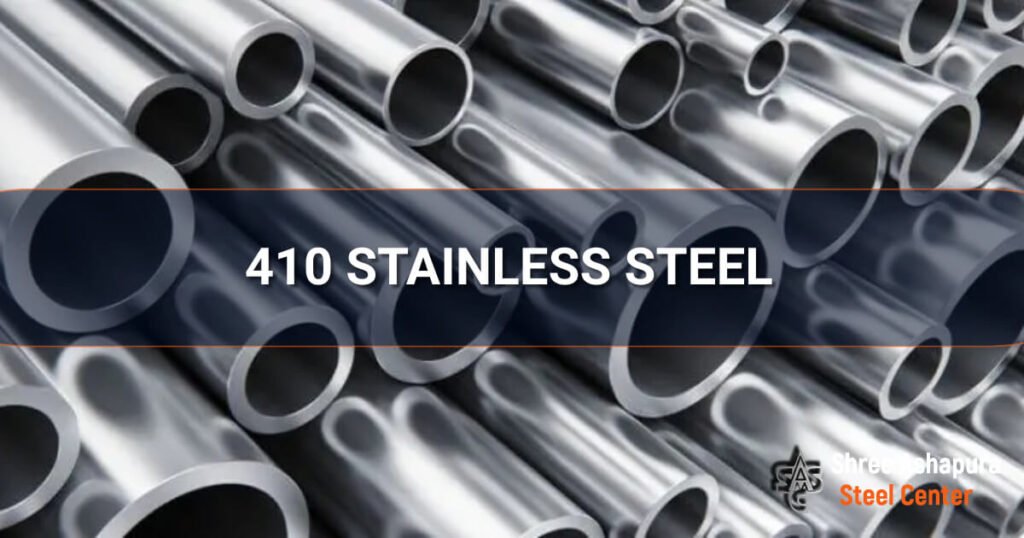Features of 316 Stainless Steel

SS316 stainless steel is a common molybdenum stainless steel with corrosion-resistant characteristics. In chloride conditions, this stainless steel offers excellent corrosion and pitting resistance. This stainless steel is excellent for welding and shaping. It is used in various industries, including architecture, manufacturing, and transportation. 316 stainless steel is well-known for its superior welding properties. When welding in narrow portions, post-weld annealing is not necessary.
Features of 410 Stainless Steel

Stainless steel 410, on the other hand, is a basic martensitic stainless steel identical to most non-stainless steel and may be toughened with heat treatment. The chemical composition of SS 410 comprises at least 11.5% chromium and exhibits corrosion resistance. It may acquire the highest corrosion resistance after being hardened, tempered, and correctly polished. It is also a general-purpose bearing grade that is mostly machinable and provided in hardened form. This stainless steel is used in applications that demand corrosion resistance, mild heat, and high strength.
At temperatures of up to 650 degrees Celsius, 410 stainless steel also has strong scaling resistance. However, mechanical characteristics begin to deteriorate between 400 and 580 °C.
The key factor that determines alloy steel corrosion resistance is the Cr concentration. The Cr percentage of 316 stainless steel is 16-18%, whereas 410 stainless steel has a Cr value of 11.5-13.5%. The minimum Cr concentration of 410 stainless steel is 11.5%, which is adequate for corrosion resistance. Greater corrosion resistance may be produced by tempering and quenching.
The tensile strength of 410 stainless steel ranges from 520 to 770, whereas that of 316 stainless steel ranges from 520 to 770. Concerning yield strength, 410 stainless steel has a value of 290-580, while 316 stainless steel has a value of 230-850. While 316 stainless steel may be utilized in various applications, 419 stainless steel is ideal for high-stress locations and specified strength situations.
For welding grade 410 steel, any regular welding procedure may be used. To prevent cracking, the material must be warmed to 150-260 °C and then annealed after the weld.
Because of its high molybdenum content, 316 stainless steel is substantially more costly than 410 stainless steel. It also fits well with the humorous setting.
Stainless steel application
The following are some applications for 316 stainless steel:
- coastal zone
- Stainless steel and wear-resistant pipe
- Casting in high temperatures
- Forgings and structural steel in maritime conditions from the chemical industry
- Devices for medical and pharmaceutical use
- home appliances
The following are the applications for 410 stainless steel:
- Pumping rod for kitchen utensils
- Nuts and bolts
- home appliances
- Decoration
- Vehicle exhaust system
Compared to SS 410 chemical composition, SS 316 has higher corrosion resistance and weldability and is more extensively utilized. It is, however, more expensive. Concerning corrosion and corrosion resistance qualities, 316 stainless steel is superior; yet, in certain rare instances, it cannot match 410 stainless steel.





